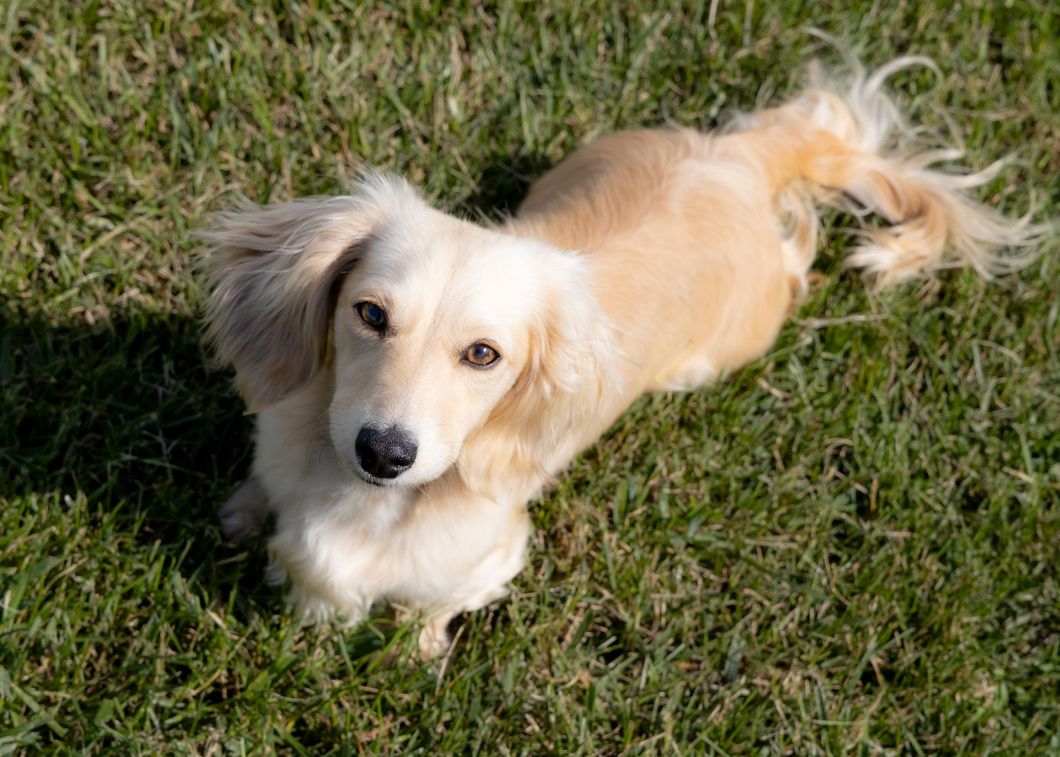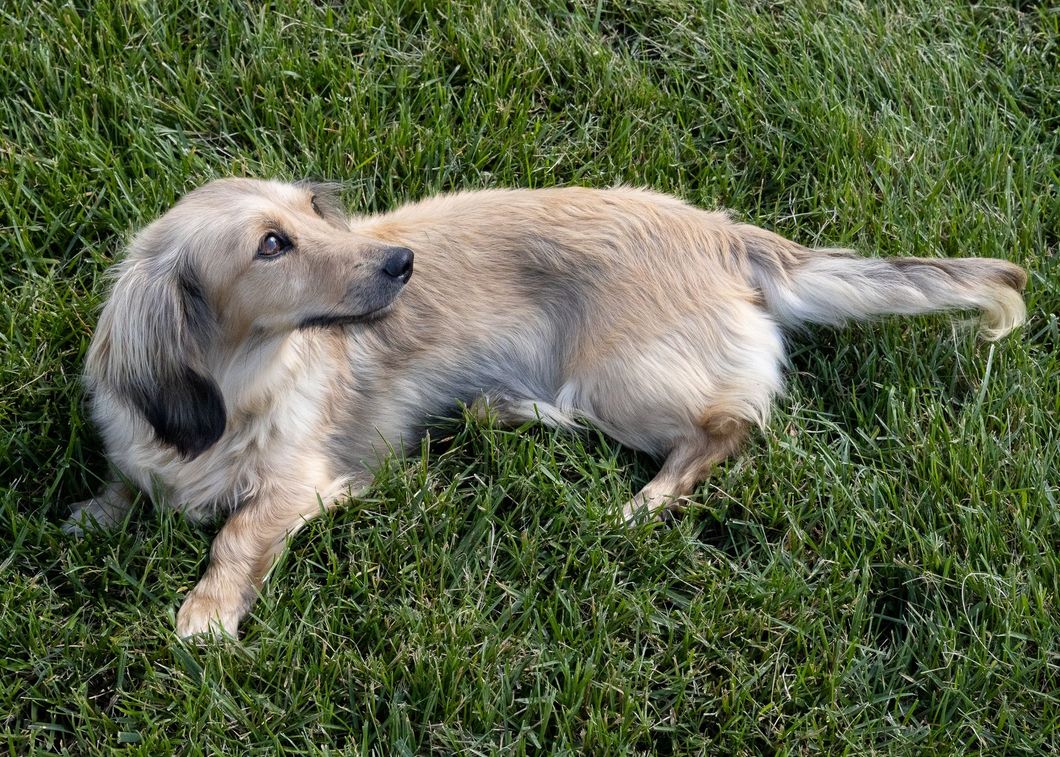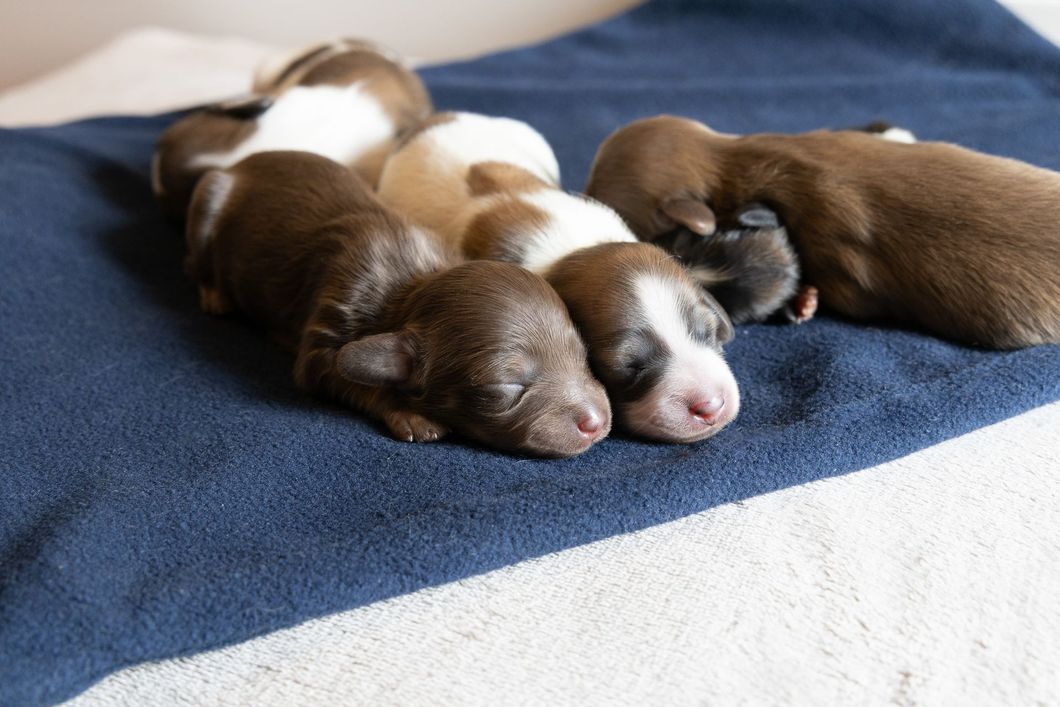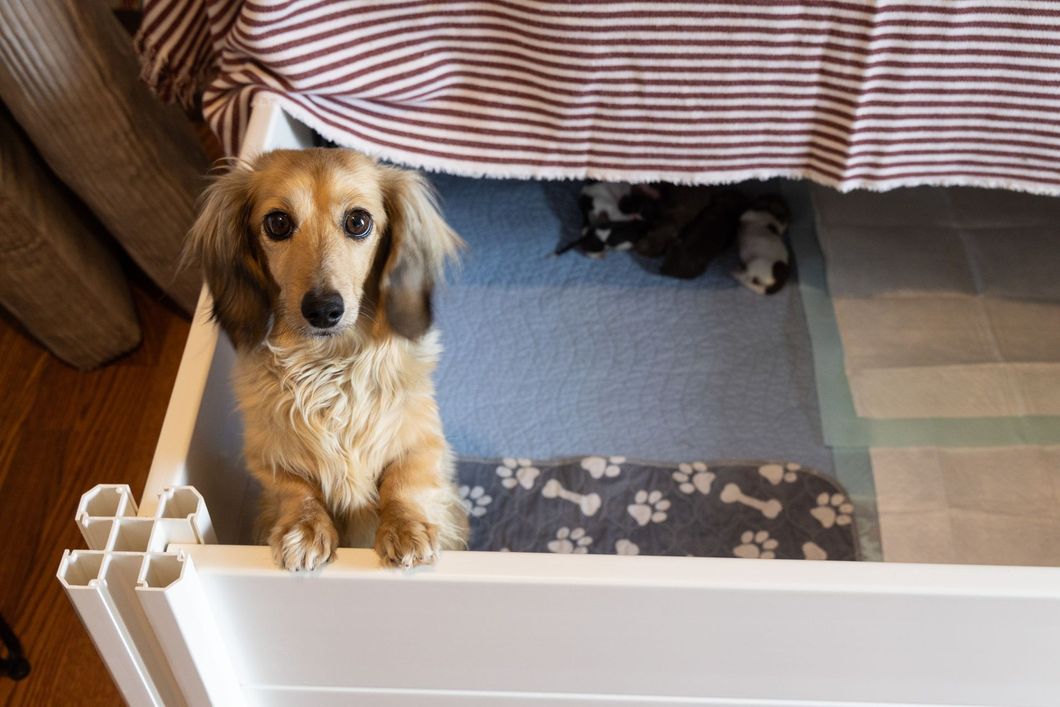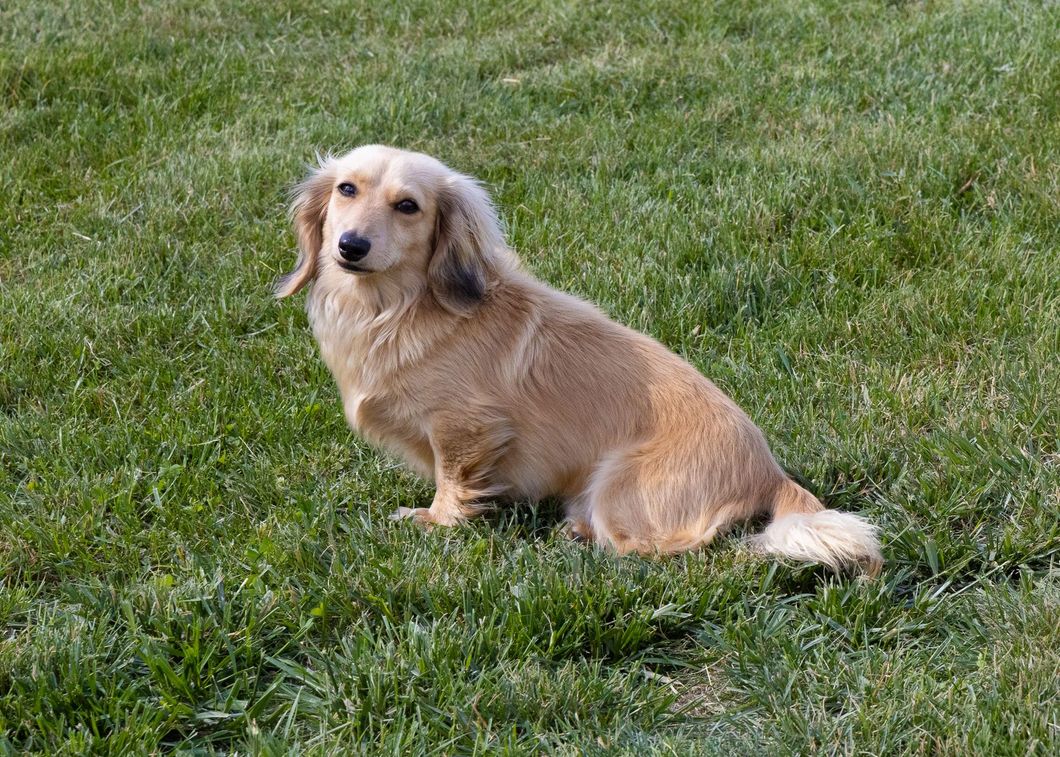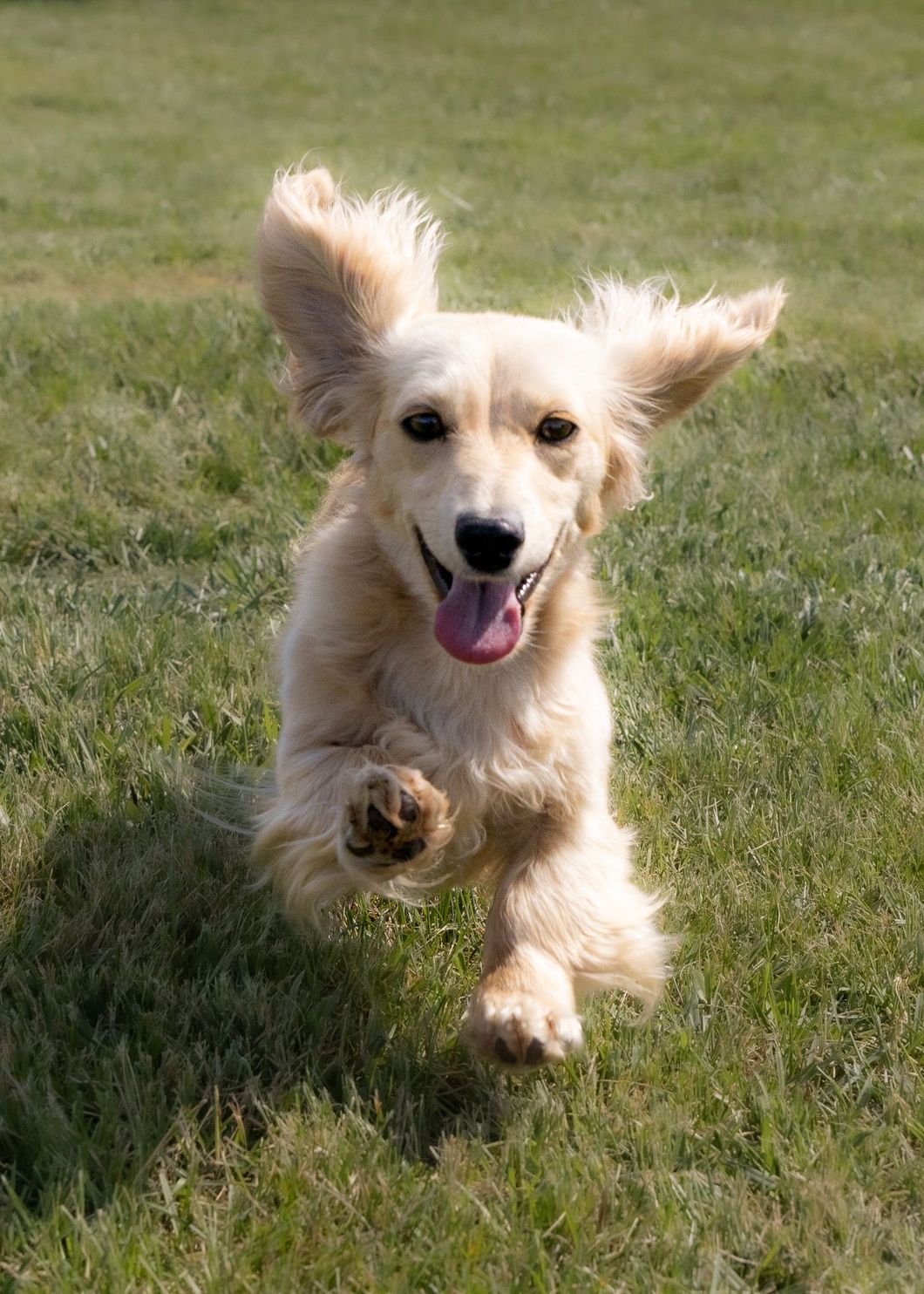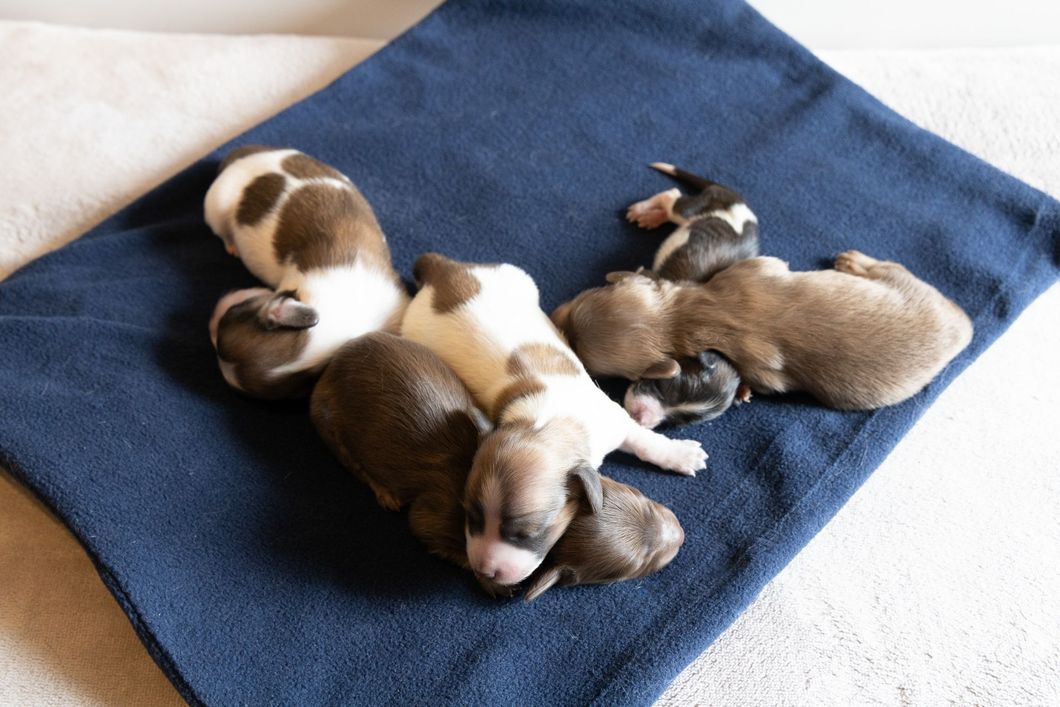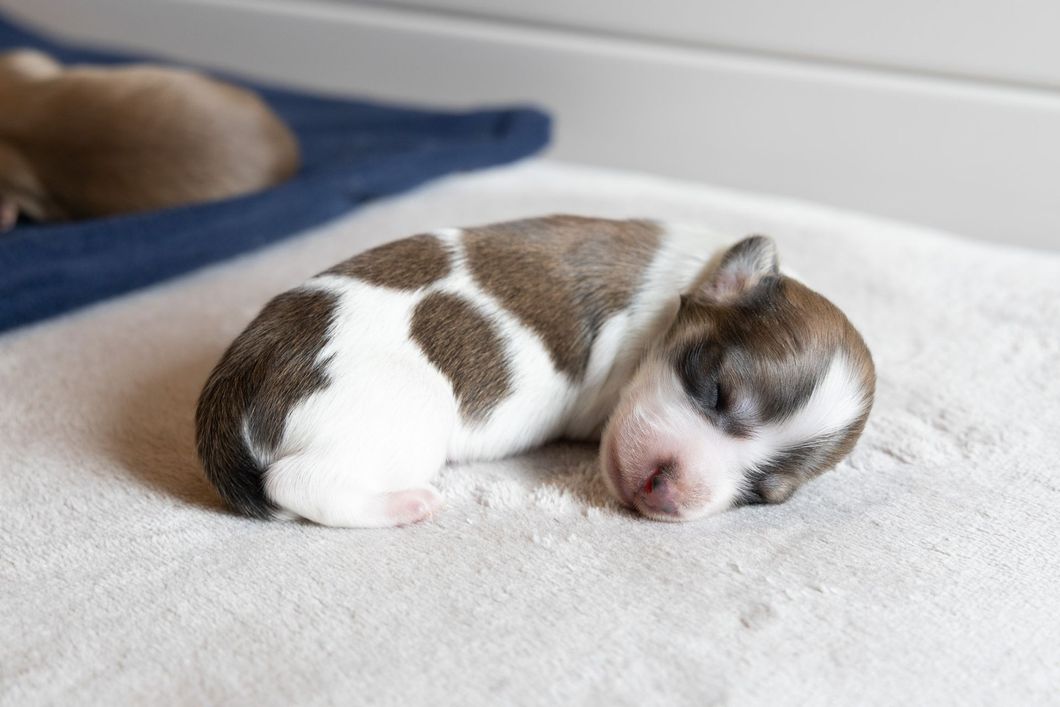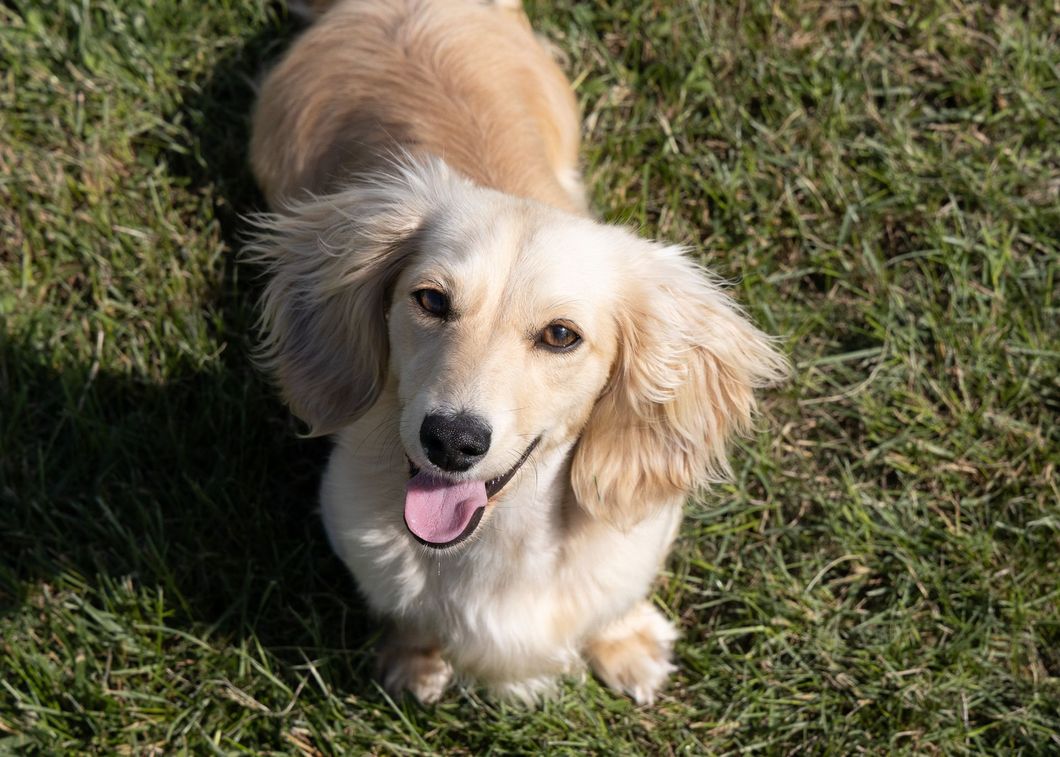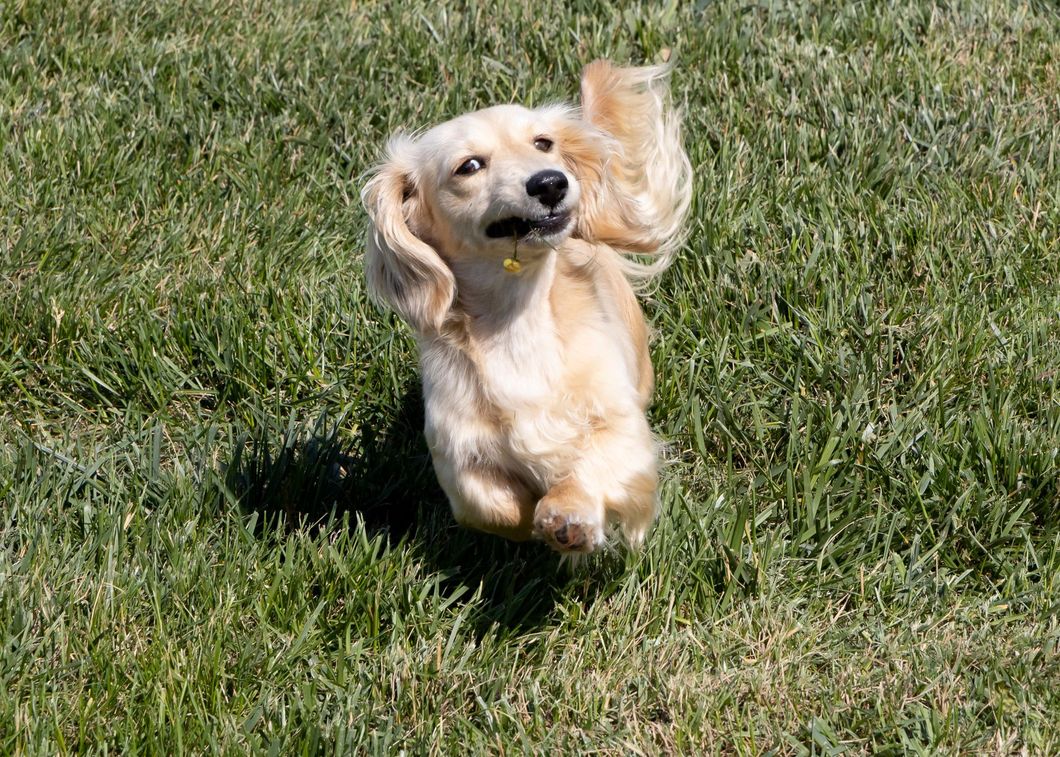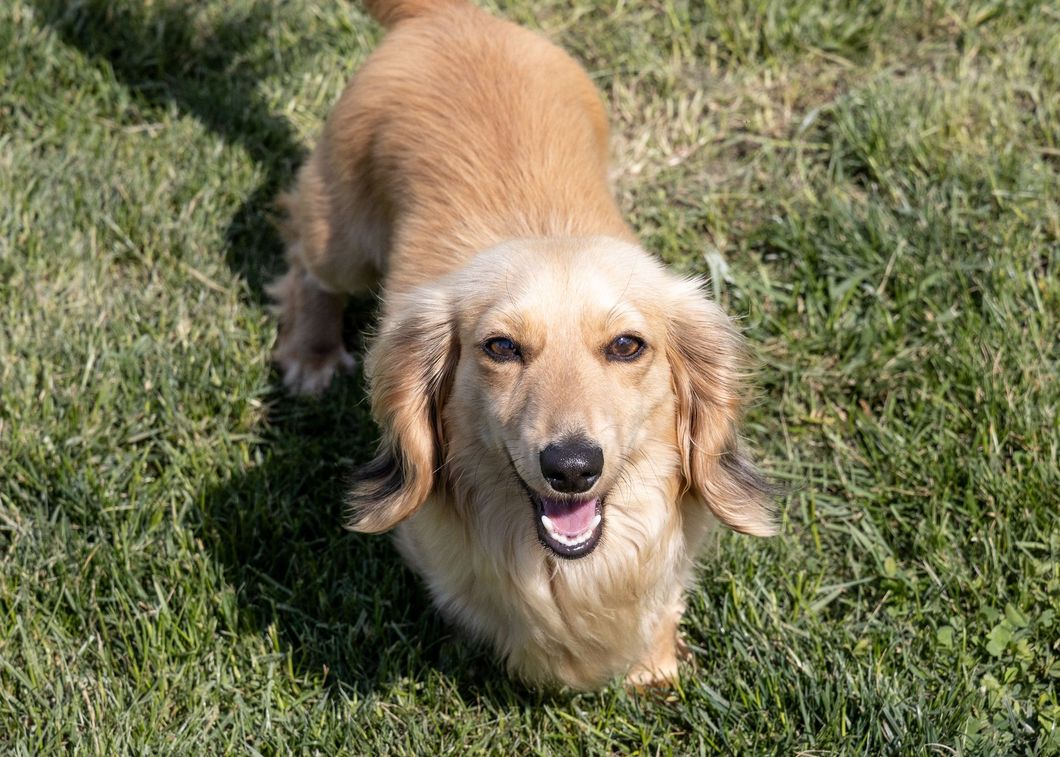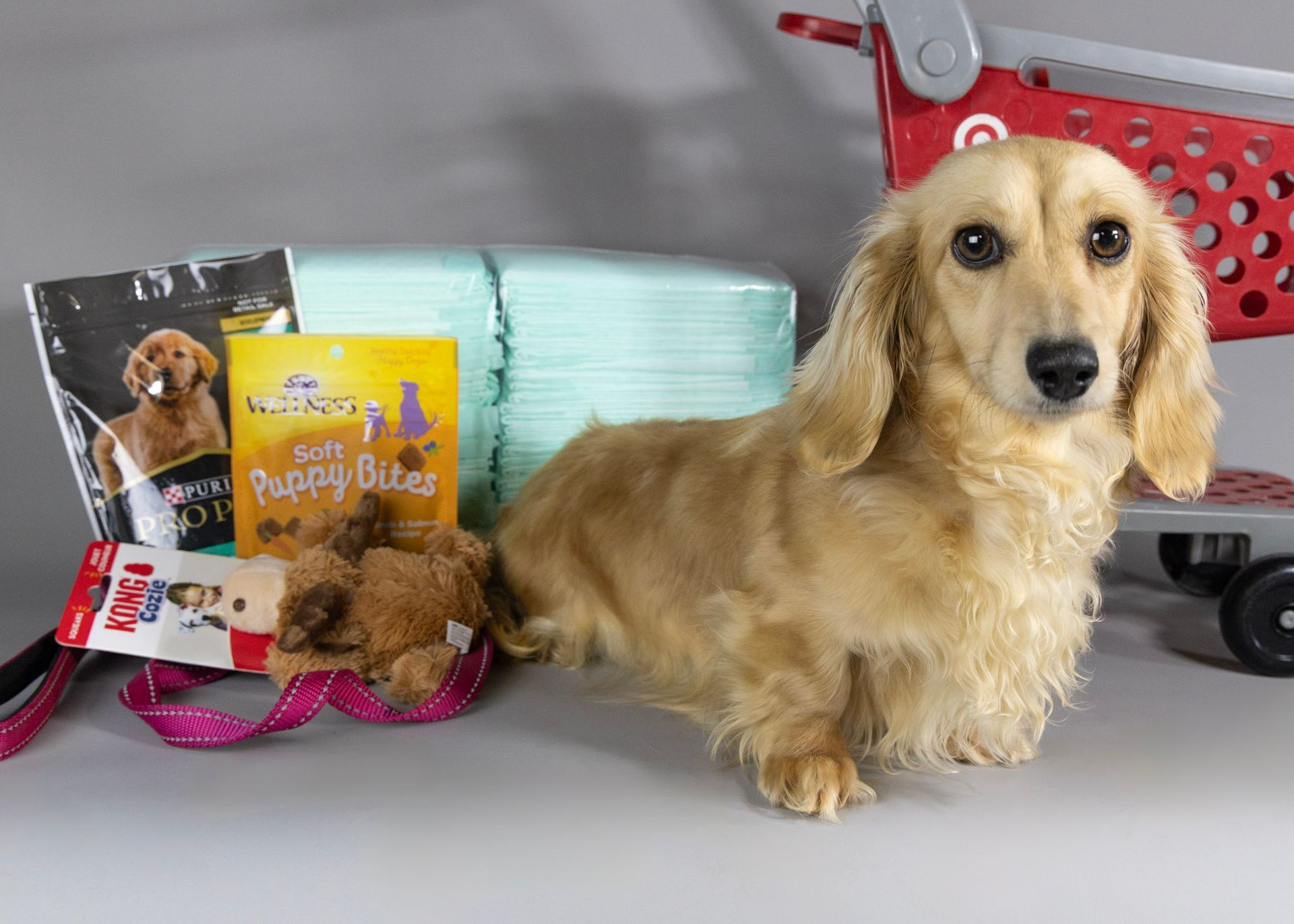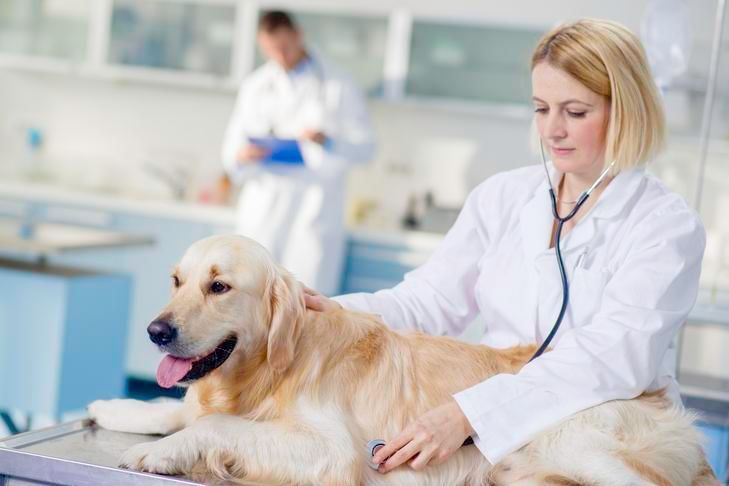Located in Boswell, Indiana
We're a family-owned breeding program specializing in AKC registered mini long-haired dachshunds.
Current & Planned Upcoming Litters:
Sadie X Barkman - Born Oct 2025
Hopefully: Bark x Peanut (Spring 26)
Bark x Sandy (Spring 26)

Blog Posts:

There are hundreds of different coat, color, and pattern combinations when it comes to the Dachshund breed. Beyond that, coat colors develop gradually from when they are a neonate and into adulthood. Since there are so many different combinations, I'm mostly focusing on what puppies we may produce as a breeder and only touch on the others.
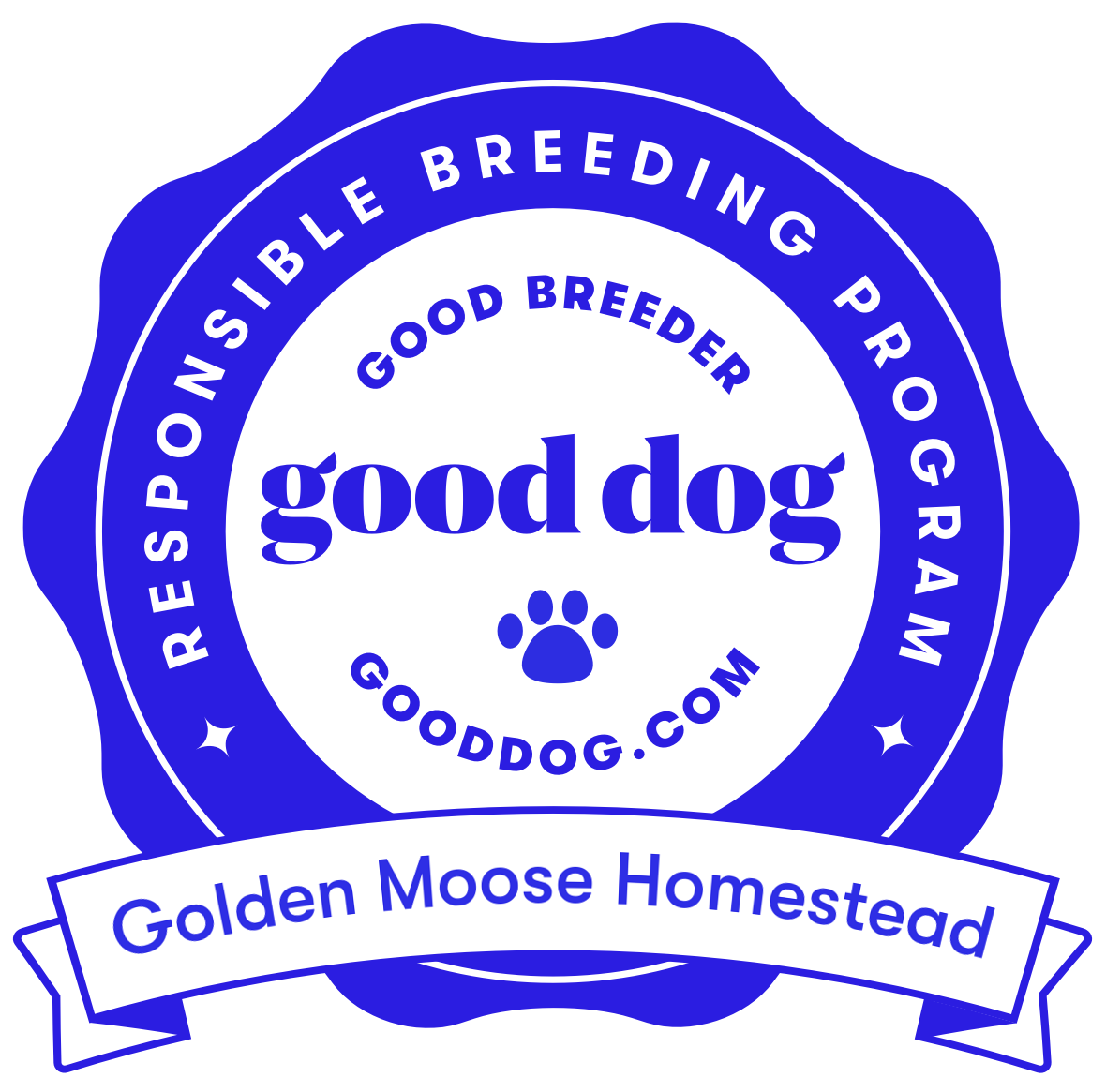
We can accept deposits through our Zelle or our Good Dog account. When we meet in person for pick-up day we can do the remaining amount the same two ways or cash. Please do not make a deposit without speaking with me first to make sure your adoption application has been reviewed. All payments will be followed up with a receipt sent via email. How pay using Zelle: Request a link from me or search using my same phone number from our calls or texts. How to pay using Good Dog: The good dog platform automatically includes payment protection and fees for access to their puppy training library. These are not mandatory fees and do not affect me as the seller. It is at your discretion if you want to incur the added fees, but if you don't want to pay them just follow the instructions below.
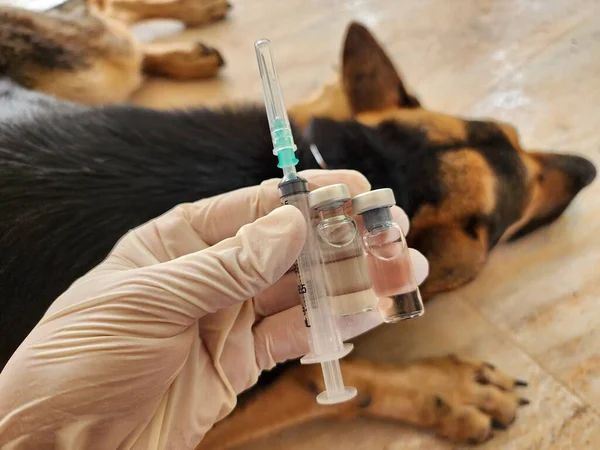
When puppies are born to a healthy, vaccinated mother, their mom’s colostrum provides antibodies that give them passive immunity from diseases during early life. The length of time that this immunity lasts isn’t a set amount of time and varies greatly depending on mom’s level of immunity as well as the specific disease. Vaccine schedules are variable but the goal for all is to try and time the puppy’s initial vaccination with when they are most likely to lose their passive immunity but without overlapping that passive immunity—and definitely before they’re exposed to any life-threatening diseases. Puppies who are vaccinated while they still have passive immunity won’t gain new or more immunity, but it would just render that vaccination ineffective as though nothing had been given at all. For these reasons, the initial core vaccine is given somewhere between 6 and 8 weeks of age with enough boosters following that over the course of a few months. This many vaccinations is considered completely safe and essenti

Back disease in Dachshunds is by and large a genetic issue. All dachshunds are genetically predisposed to be vulnerable to back disease. And in order to keep the focus of this blog on things that we CAN control this section will be brief. There is not yet a reliable genetic test that can help breeders decrease the risk. Right now the best thing we can do is breed dogs who do not show signs of back disease, keep up to date with the latest research, and cross our fingers that in the future scientists can pinpoint the issue and generate a definitive test.

A personal backstory: My first dog that I owned as an adult was a female black lab mix. She was the most amazing, loving dog but as she turned one and started becoming a true adult dog she began to show really bad signs of aggression toward other dogs. I was devastated and admittedly clueless as to how or why this was happening. Sadly, I've heard so many of the same stories from others who have or had a great dog, but...they're food aggressive, or they can't take them around other dogs, or they're fearful to have them around their children. And I'm not one to judge from who, where, or how they acquired their puppy at that time. I'm far from a great example of finding a reputable dog breeder--I got my black lab mix for $150 from a woman I found through craigslist. She was kind and the puppy was healthy but I didn't know any better, I was 18 years old. I firmly believe that had I done my research and found a dog that I knew had received even a small level of ENS or early socialization I would have avoided this situation. Could something have happened later in my dog's life to make her aggressive? Sure, I'm not trying to skirt blame, however, had she been raised following the puppy culture program I believe that whatever spooked her or created this fearfulness would have been mild in her mind and she would have psychologically moved past it rather than holding onto it and allowing it to grow. Creating a healthy response to the unknown or different is the exact foundation of the puppy culture program. My personal experience was the very reason I wanted to look deeper into how I can do my part as not only a dog owner and most especially when raising puppies so that they have a solid start in life and avoid developing any unwanted behaviors or idiosyncrasies. So with that in mind, here is a more in-depth look into the puppy culture program that we have adopted for whelping and raising our own puppies. Prenatal: Before Puppies are Born While this program mostly encompasses exercises for the puppies it actually starts with the dam (mom). Having a healthy dam who receives adequate exercise, attention, and a healthy diet is the most basic starting point for producing quality puppies. Our dams are fed Purina Pro Plan as well as specific supplements that are beneficial to pregnant dams and Dachshunds. Also, at the most basic level we make sure that they are current on all of their vaccines & dewormings. Neonatal: 3 - 14 Days Old For the first two weeks of life is when we implement the five Early Neurological Stimulation (ENS) exercises. These include tactile stimulation, 3 positioning exercises (supine position, head up, and head down), and thermal stimulation. Each exercise is only done for a few seconds each time daily but sets the scene for what comes in the following weeks. Puppies are born both deaf and blind so by handling them in these specific ways early in life helps them adjust when additional senses are added as they grow older. We've personally noticed that it helps later for puppies to have their nails trimmed, to lay relaxed on their backs, and not spook when they see a big hand coming their way in the whelping box--which I would imagine that could be quite scary if not properly introduced. Transitional Period: Approx. 2 Weeks Old - 3 Weeks Old This period occurs between the time that they open their eyes but before they begin to react to sounds. Their eyes typically open around the 2 week mark but can vary for each litter and each individual puppy. During this time puppies still sleep a majority of the time but also begin to do vocalizations and interact with their littermates. Critical Socialization Period: 3 Weeks - 12 Weeks Old There are seven key concepts that need to be covered during this critical socialization period: Communication, Emotional Stability, Habituation, Enrichment, Health, Skills, and Love. 1. Communication: teaching the puppies how to respond to a clicker, playing the box game to condition the puppies to the stimulus, and manding (sitting for attention). Jane calls these the communication trinity. 2. Emotional Stability: creating a safe environment but introducing something that mildly startles the puppy so they can calmly recover and challenging them with a barrier that they have to both mentally and physically get past. 3. Habituation: This is likely what most people think of when they hear socialization but it's just 1 out of the 7 concepts we need to touch on for this program. Habituation refers to familiarizing the puppies with a variety of different stimulus: from noises to smells, sounds, objects, animals, and people. 4. Enrichment: Create within the home, and safe adventure to areas experiences that inspire enrichment for the puppies. While exercise is important, it's equally as important to challenge their brains and promote learning and problem-solving. We do this at home by utilizing baby toys that we find at the used children's store and utilize our own property for additional adventures. On 5+ acres and with many different animals species, children, and visiting family members we're lucky that we can provide for the puppies here without venturing out far. However, car rides are an important part of this experience too so we dabble that in as well. 5. Health: We keep records of puppy's weight gain, stay on schedule with deworming's, vaccinations, nail trims, and begin grooming (including light blow drying). Our puppies also visit our veterinarian Dr. Lisa Morris at Oak Grove Veterinary Clinic before going home. 6. Skills: We introduce crates/kennels very early by allowing them free access to one in the whelping box, we also practice leash walking, potty train them to go on trays within their whelping box, work on simple commands if over 10 weeks, and keep practicing our manding. 7. Love: While this sounds obvious, the 'love' portion of the program is more than simple cuddles--although that's important too. It involves creating positive experiences for the puppies emotionally so that they find comfort and contentment in the company of both people and other dogs (cats too at our home). There are a variety of conditioned emotional response (CER) techniques that can be used but it varies from puppy to puppy on where they are at as individuals. For example, if a puppy is having emotionally seeing other dogs as a positive that can be worked on by using positive reinforcement and repetition. After 12 weeks of age the critical socialization period closes but puppy culture has much more material and resources you can use for not only our puppies when you take them home but older dogs as well. If you want to learn more, their website is https://shoppuppyculture.com/ and be sure to check out their blog posts on their partner website https://madcapuniversity.com/blogs/articles-and-product-reviews If you get a puppy from us I will also send home a couple page guide with some methods you can implement from 8 - 12 weeks.

